
Open It! - 4 in 1 Box Cutter
Open It! - 4 in 1 Box Cutter
Earn 18 points on this purchase! Learn more
Check out our shop to see what’s available






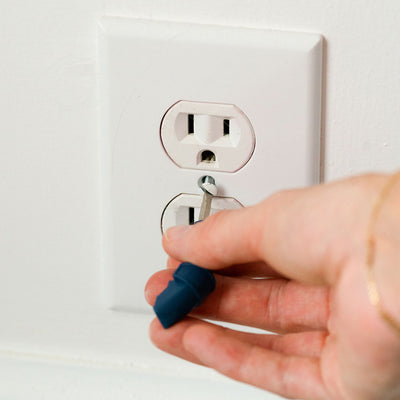











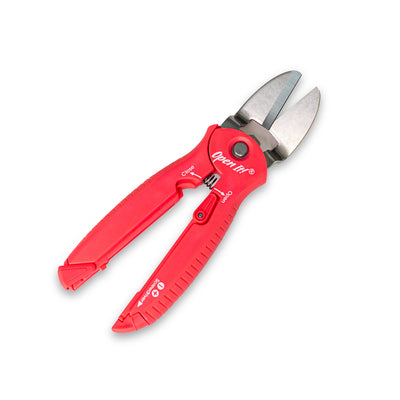
Earn 18 points on this purchase! Learn more
A bathroom makeover can be a subtle yet fulfilling update to your home. It’s a room that everyone will see at some point, and one that obviously gets a lot of use. So, freshening up such an important space is never a bad idea.


But bathrooms are exposed to a lot more stress than most other rooms in the house. The presence of a shower and/or bathtub means moisture in the air – which can wreak havoc on your walls. Humidity can get under the coat of paint, which can ultimately lead to bubbling. As such, it’s important to tackle a paint job in a bathroom with a little more thought and planning.
Choosing your paint type
The best types of paint for bathrooms are ones that have a little more shine to them – that includes glossy, semi-gloss, or satin finishes. Why? These types of paint are naturally resistant to moisture, since they form a hard coat that helps to keep water out. (You’ll notice that water will drip down the wall, rather than seeping into the paint.)
In addition to deciding on how glossy you want your paint to be, it is important to opt for something that is also mildew-resistant. If you’ve ever used paint in a bathroom that didn’t have mildew-resistant properties, you’ve likely seen mold begin to creep up slowly (and then rapidly) on the ceiling and walls around the shower. This can obviously be, at worst, dangerous to your health, and at best, a huge inconvenience. Avoid having to remove mold and repaint by making a smart decision with your paint from the beginning.
Primer is key
To further prevent peeling, you’ll want to use a primer so that the paint has a chance to bond better to the wall. And of course, look for a primer with those mildew-resistant properties as well.
But first, clean your wall!
Before doing anything with your brand-new mildew-resistant primer and glossy paint, you’ll want to prep your walls. You can learn all the important steps for doing so in this quick read.
Choose your paintbrushes
Beyond just picking your paint, you want to make sure that you have the best brushes to get the job done well.
If you’re painting:

Clean your brushes
Don’t forget that you want your brushes to last you a long time, and the best way to ensure that is to properly clean them so they last!

Don’t forget to tag Zibra on social media when you post pictures of your gorgeous new bathroom. Use @zibrapainting and join our mailing list to learn more tips and tricks!
 How-to Series
How-to Series
 How-to Series
How-to Series
This month, we put a spotlight on Kyle Mosher, a Charlotte, NC-based artist who expertly bridges fine art traditions with contemporary culture.
 How-to Series
How-to Series
 How-to Series
How-to Series
@charliefrenchfineart is taking over our blog and weighing in on his favorite brushes. Can you guess which ones are his favs?
 How-to Series
How-to Series
Furniture refinisher, Lisa Pelow is taking over our blog and giving us her favorite go-to paint brushes for painting furniture. Enjoy!
"its like taking your first bite of a meal and it tastes better than expected"
"hands down the best brushes!!"
"its honestly unreal how much better your brushes are"
"love my zibra brushes!!! these babies glide like no other"
Welcome to our quiz!
Let us find the perfect product for you
Great! Let us help you narrow it down.What kind of things will you be painting?
Based on your answers, we recommend:
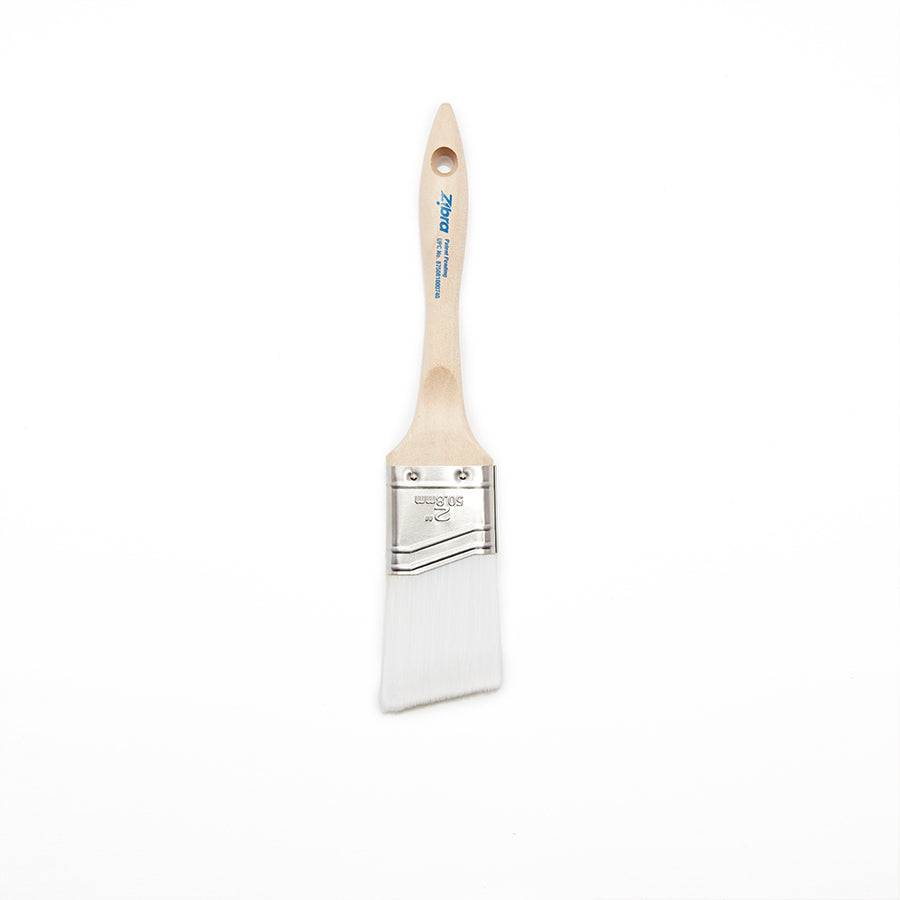

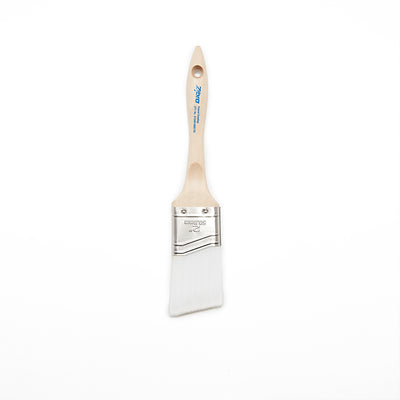



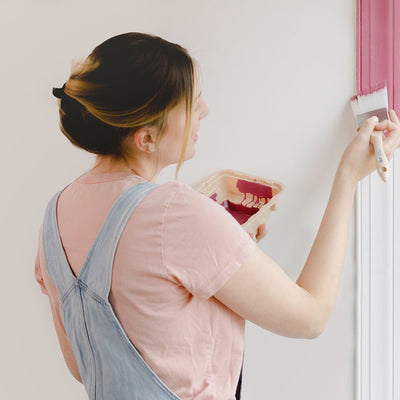



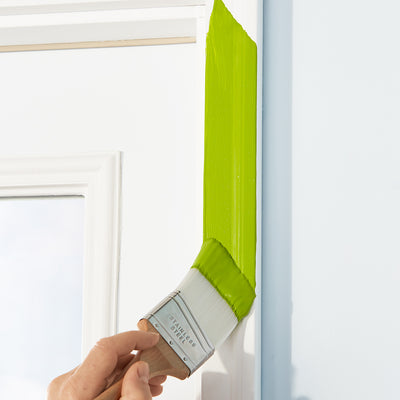



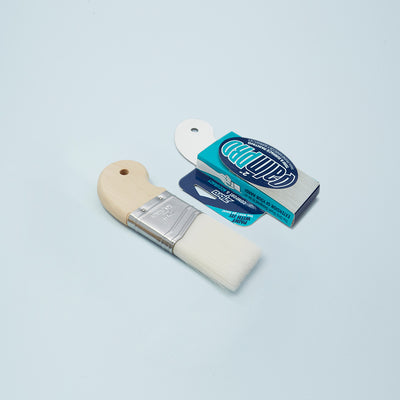

Earn 11 points on this purchase! Learn more
Painting ON trim around doors, windows, baseboards & ceilings

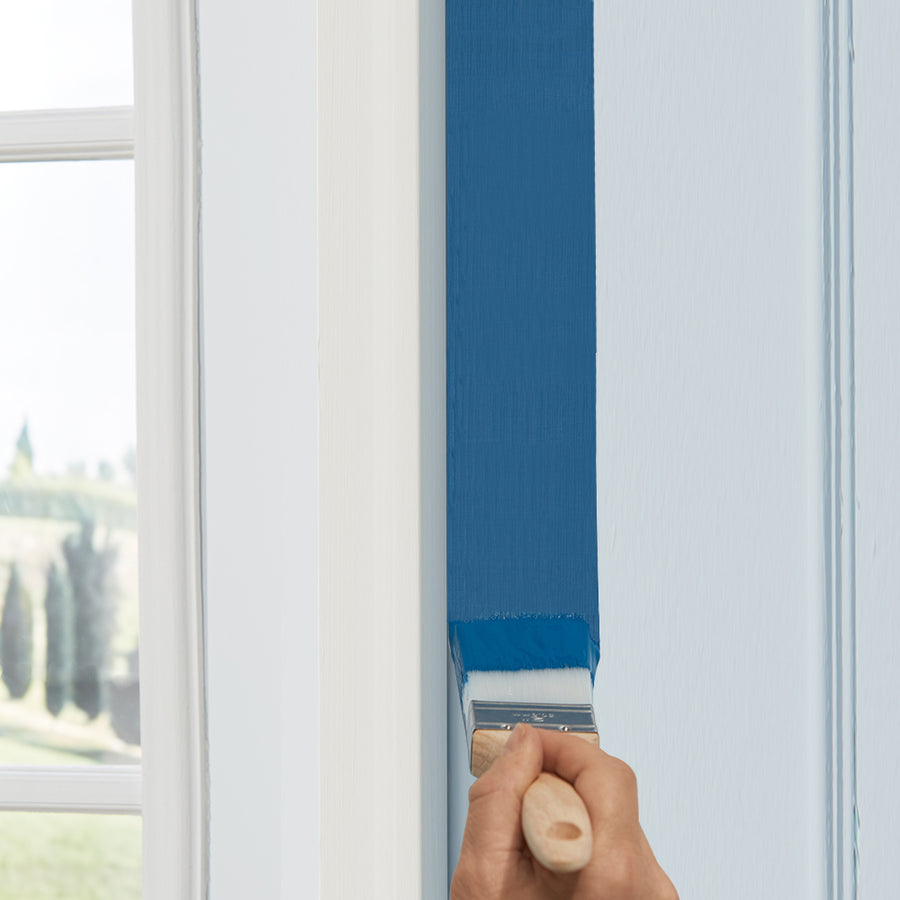




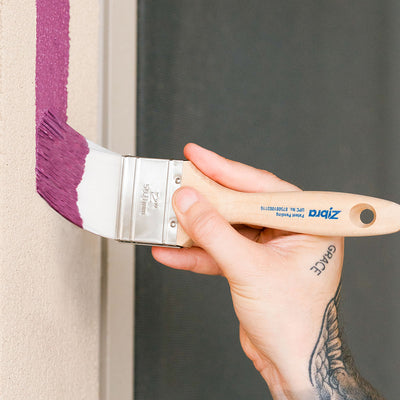

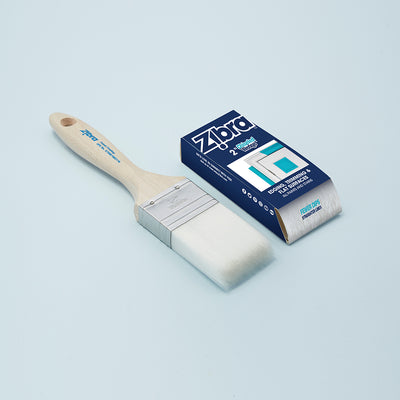



Earn 13 points on this purchase! Learn more
Combination flat and angled head guarantees maximum paint load for long runs





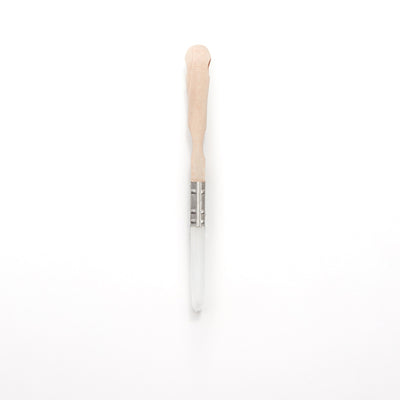




Earn 11 points on this purchase! Learn more
Ideal for painting NEXT to trim where exact lines and precision control is needed

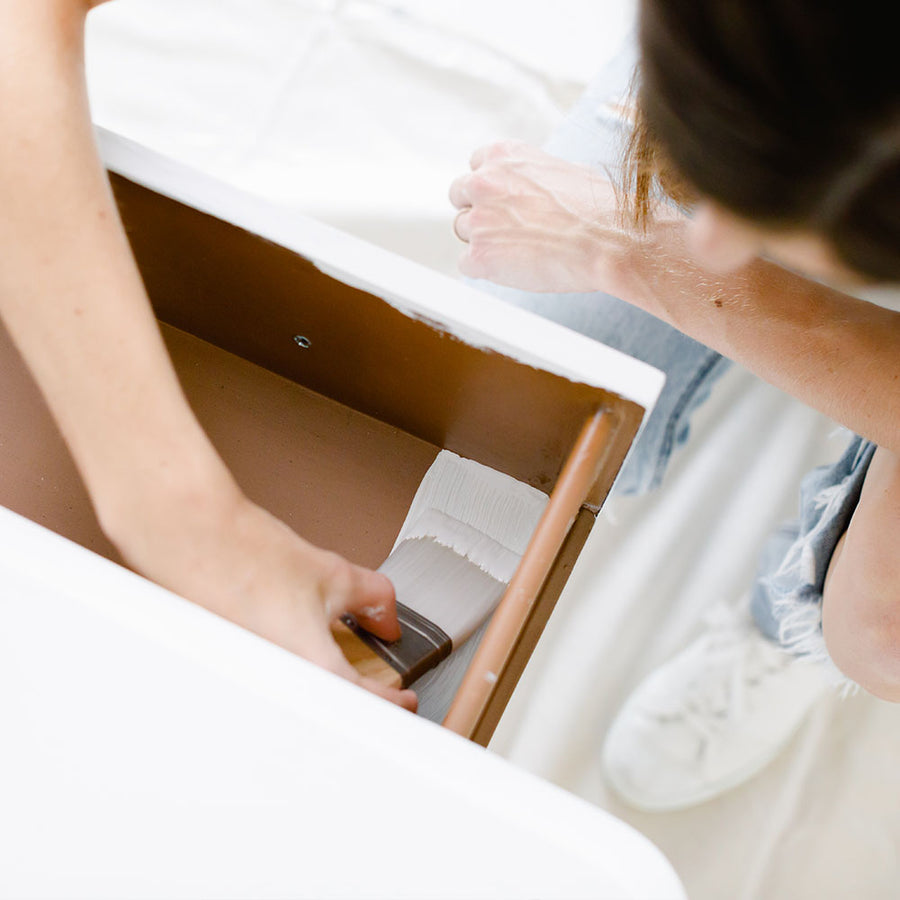






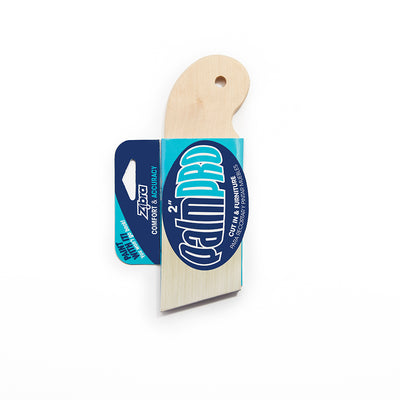



Earn 11 points on this purchase! Learn more
Fits comfortably in the palm of your hand, more comfort and more control especially for tight spaces
















Earn 11 points on this purchase! Learn more
Painting ON trim around doors, windows, baseboards & ceilings












Earn 13 points on this purchase! Learn more
Combination flat and angled head guarantees maximum paint load for long runs



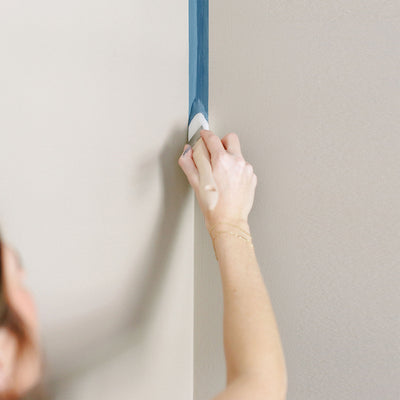



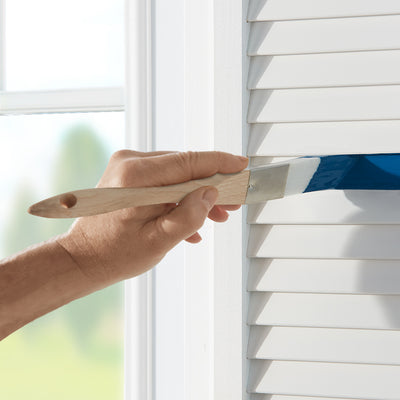


Earn 11 points on this purchase! Learn more
Paints corners with precision & accuracy, great for cutting in next to trim










Earn 53 points on this purchase! Learn more
Great for any project in your home: trim, furniture and detail work

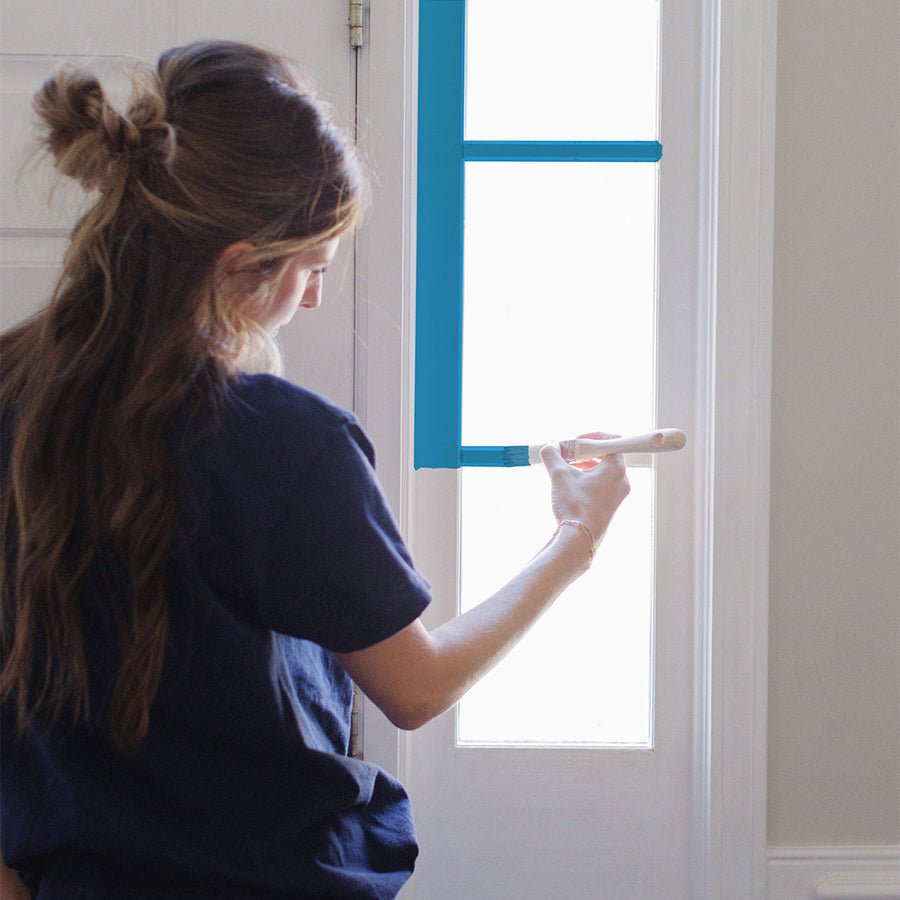










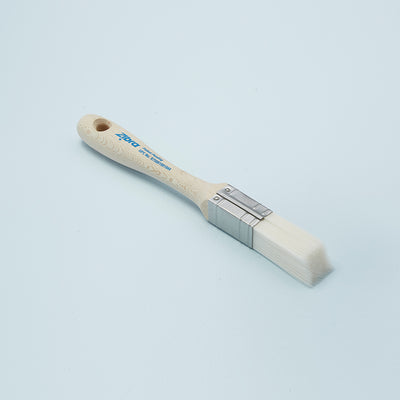
Earn 10 points on this purchase! Learn more
Narrow width with large filament pack out providing smooth finish and fewer dips










Earn 10 points on this purchase! Learn more
Designed to hug unique shapes & crevices in a multitude of different molding styles

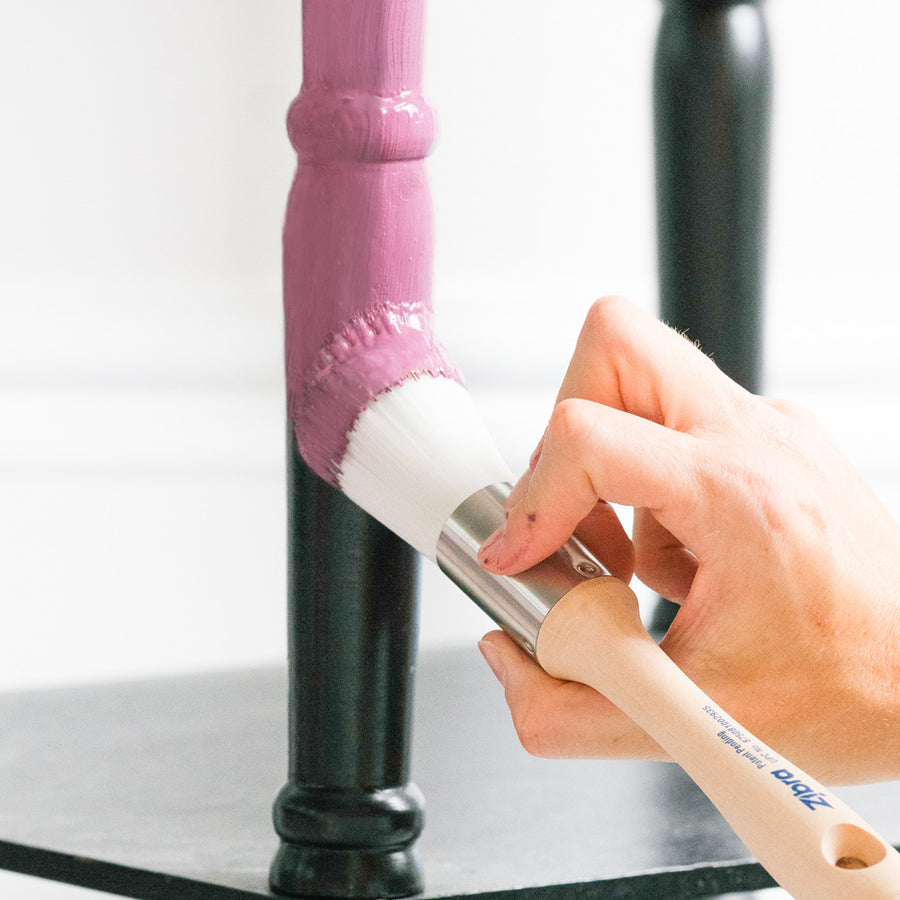
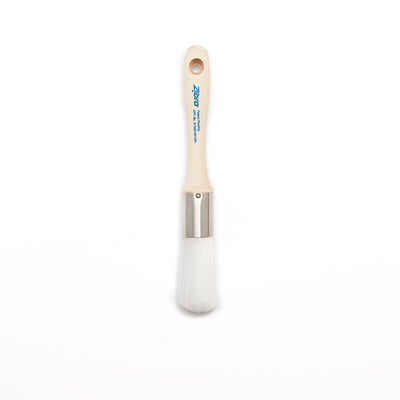

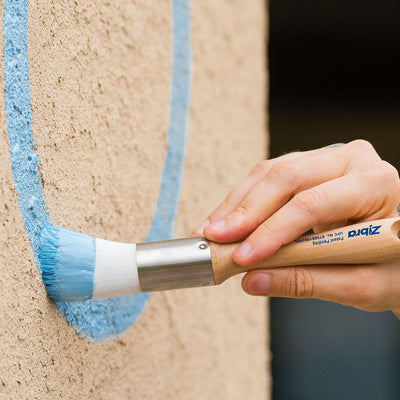




Earn 11 points on this purchase! Learn more
Large pack out for anything round or cylindrical and any ornate details










Earn 10 points on this purchase! Learn more
Designed to hug unique shapes & crevices in a multitude of different molding styles









Earn 11 points on this purchase! Learn more
Large pack out for anything round or cylindrical and any ornate details










Earn 10 points on this purchase! Learn more
Designed to hug unique shapes & crevices in a multitude of different molding styles












Earn 11 points on this purchase! Learn more
Fits comfortably in the palm of your hand, more comfort and more control especially for tight spaces










Earn 11 points on this purchase! Learn more
Ideal for painting NEXT to trim where exact lines and precision control is needed












Earn 13 points on this purchase! Learn more
Combination flat and angled head guarantees maximum paint load for long runs
















Earn 11 points on this purchase! Learn more
Painting ON trim around doors, windows, baseboards & ceilings
















Earn 11 points on this purchase! Learn more
Painting ON trim around doors, windows, baseboards & ceilings












Earn 11 points on this purchase! Learn more
Fits comfortably in the palm of your hand, more comfort and more control especially for tight spaces












Earn 13 points on this purchase! Learn more
Combination flat and angled head guarantees maximum paint load for long runs












Earn 11 points on this purchase! Learn more
Fits comfortably in the palm of your hand, more comfort and more control especially for tight spaces









Earn 11 points on this purchase! Learn more
Large pack out for anything round or cylindrical and any ornate details
















Earn 11 points on this purchase! Learn more
Painting ON trim around doors, windows, baseboards & ceilings










Earn 11 points on this purchase! Learn more
Paints corners with precision & accuracy, great for cutting in next to trim










Earn 10 points on this purchase! Learn more
Designed to hug unique shapes & crevices in a multitude of different molding styles












Earn 13 points on this purchase! Learn more
Combination flat and angled head guarantees maximum paint load for long runs
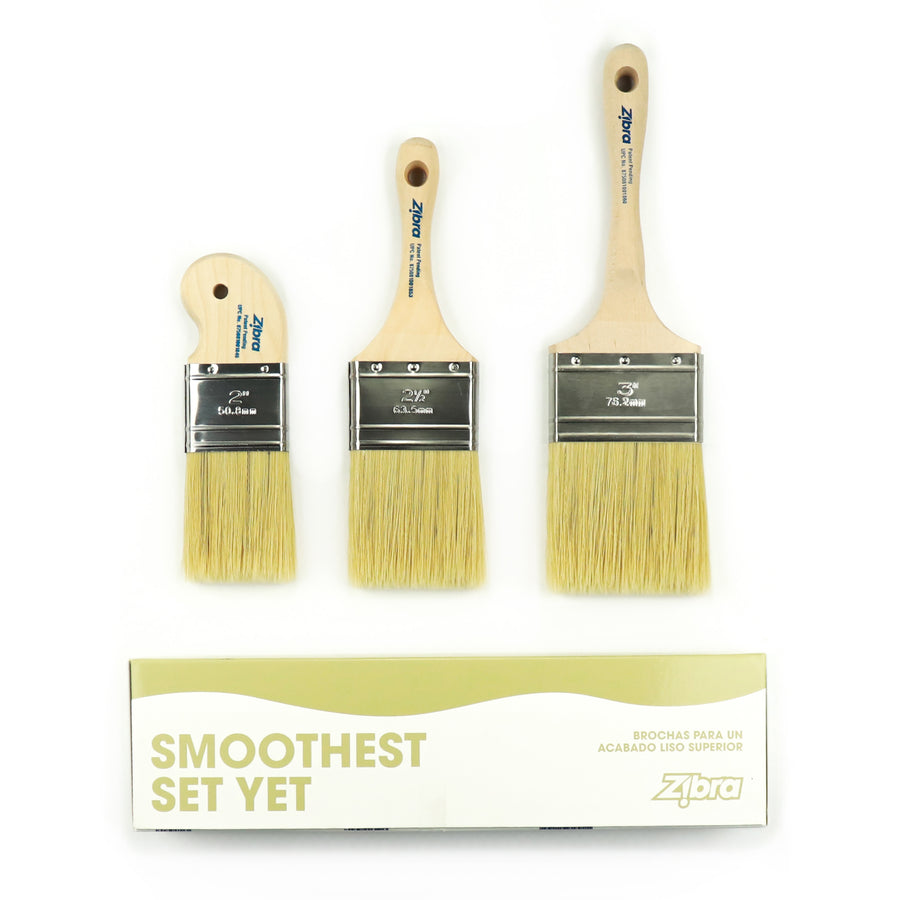
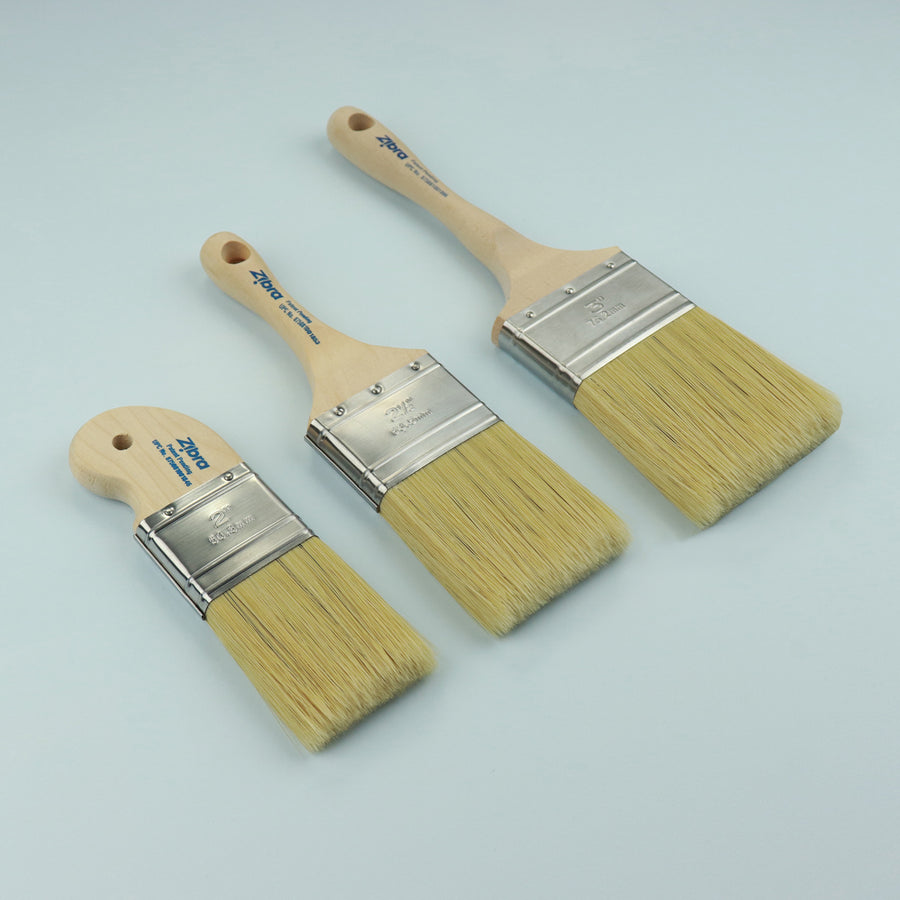
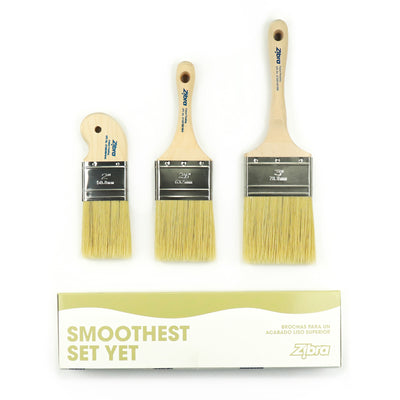



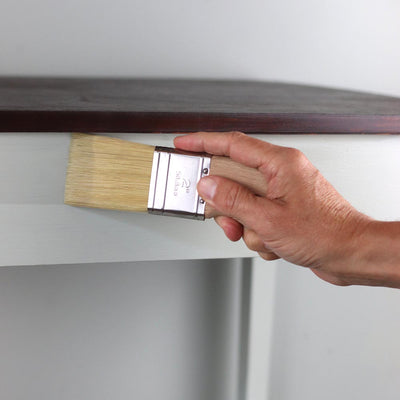
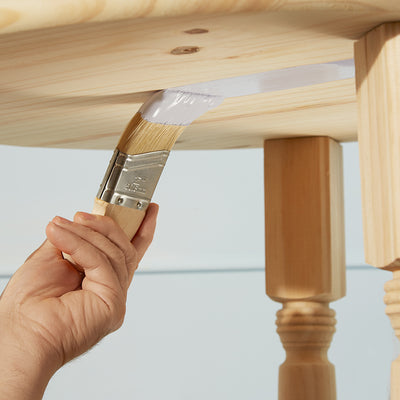


Earn 43 points on this purchase! Learn more
Each brush is engineered and crafted with filaments replicating natural bristles




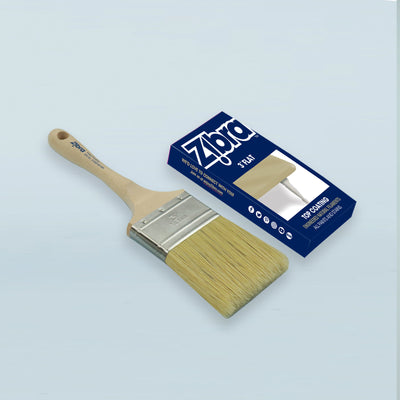

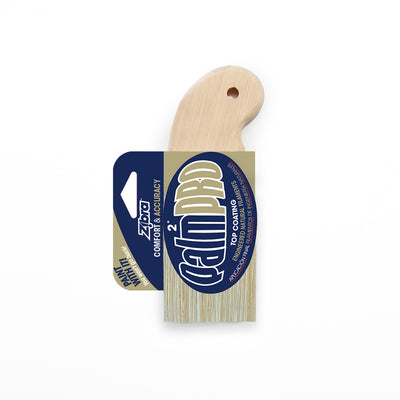
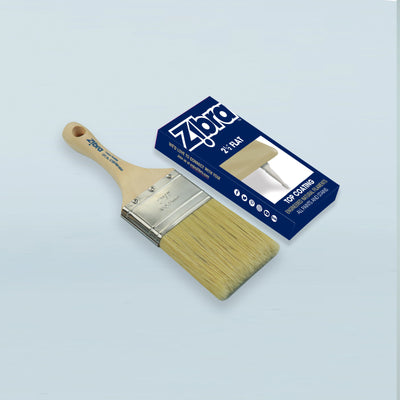

Earn 13 points on this purchase! Learn more
Our Top Coat brushes are engineered and crafted with filaments replicating natural bristles









Earn 11 points on this purchase! Learn more
Large pack out for anything round or cylindrical and any ornate details










Earn 10 points on this purchase! Learn more
Designed to hug unique shapes & crevices in a multitude of different molding styles









Earn 11 points on this purchase! Learn more
Large pack out for anything round or cylindrical and any ornate details









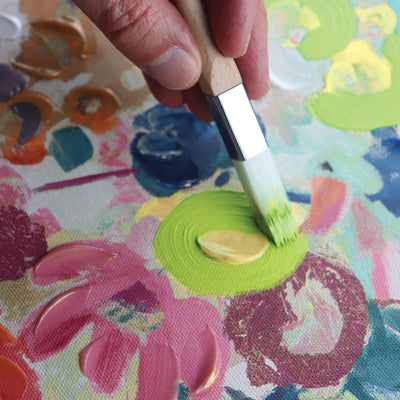
Earn 13 points on this purchase! Learn more
3 piece artist paintbrush set ideal for murals, canvas painting and crafts










Earn 10 points on this purchase! Learn more
Designed to hug unique shapes & crevices in a multitude of different molding styles










Earn 13 points on this purchase! Learn more
3 piece artist paintbrush set ideal for murals, canvas painting and crafts












Earn 13 points on this purchase! Learn more
Combination flat and angled head guarantees maximum paint load for long runs










Earn 13 points on this purchase! Learn more
3 piece artist paintbrush set ideal for murals, canvas painting and crafts

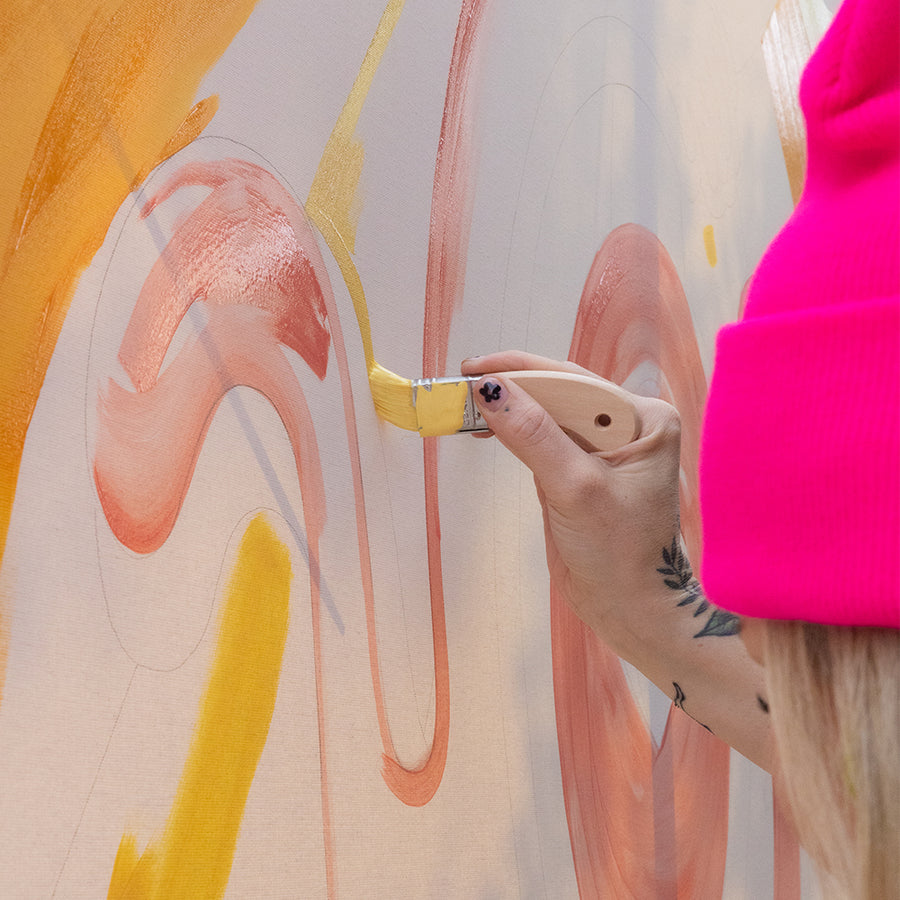

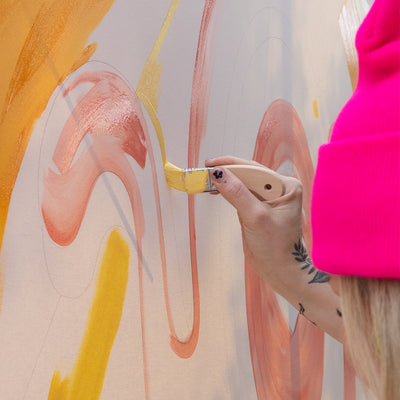
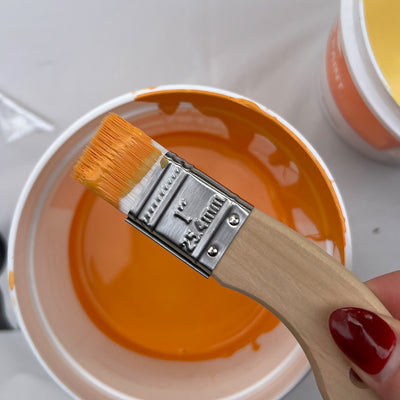




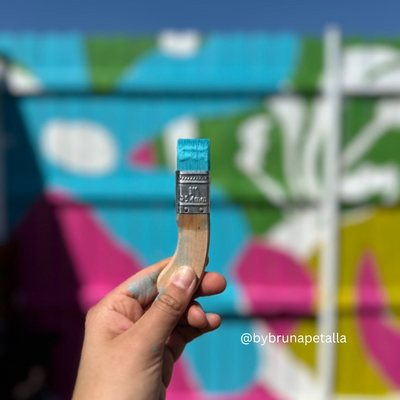




Earn 10 points on this purchase! Learn more
Introducing the latest addition to our Palm Pro family – the Palm Artist Paint brush










Earn 13 points on this purchase! Learn more
3 piece artist paintbrush set ideal for murals, canvas painting and crafts
Get exclusive offers and tips